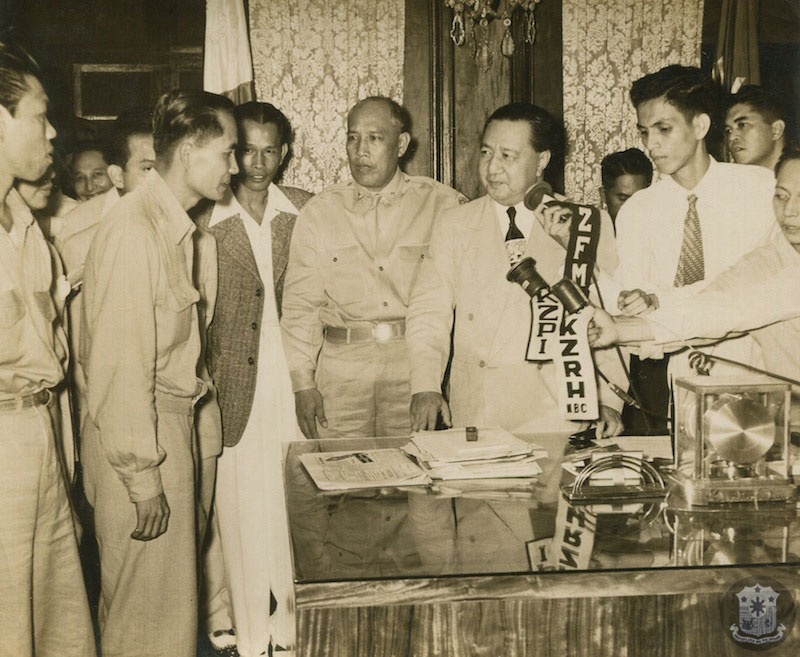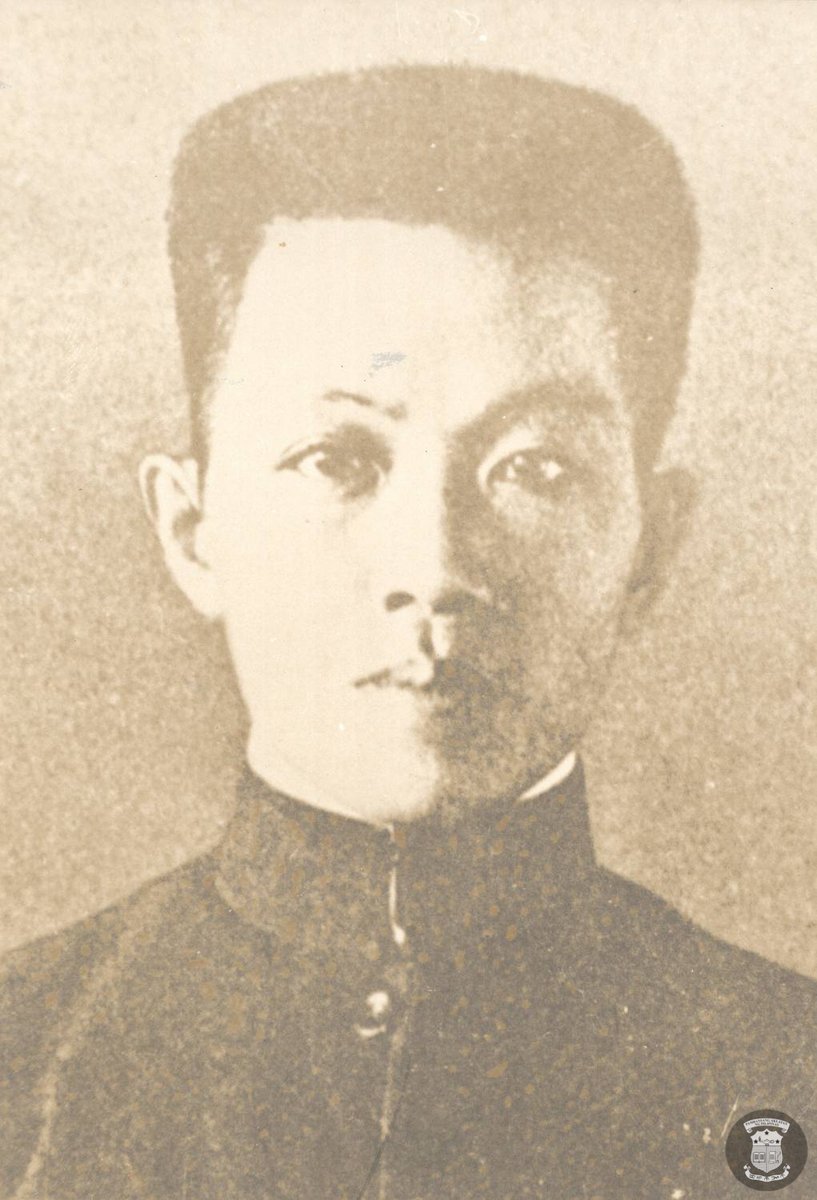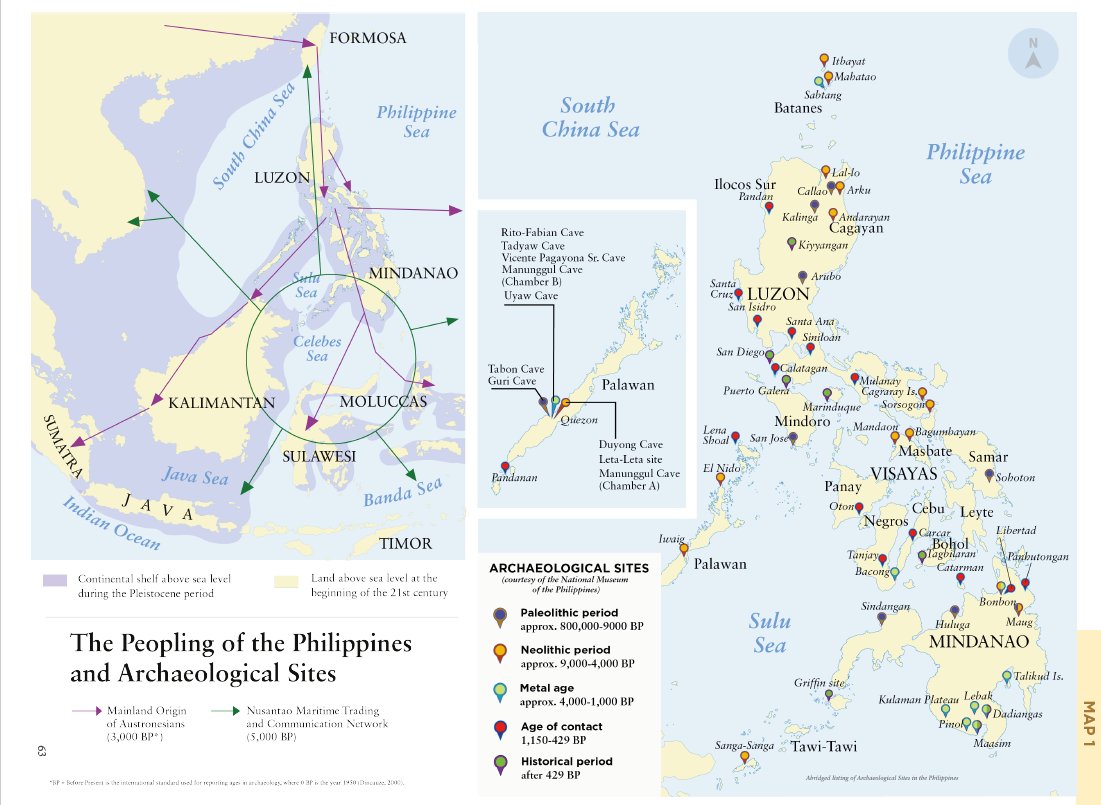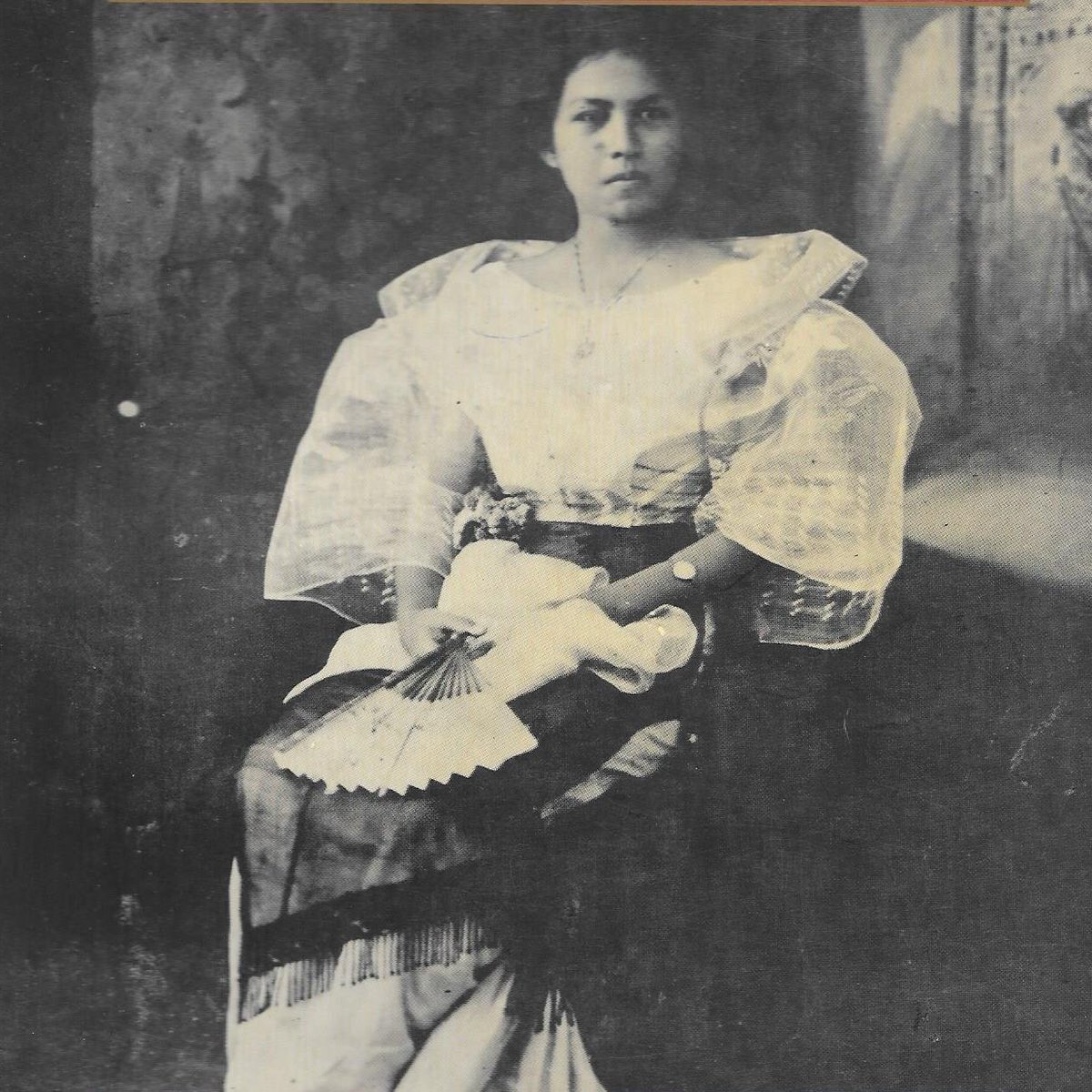
#TodayinHistory in 1948, #PH President Elpidio Quirino brokered an agreement w/ Hukbalahap rebel leader Luis Taruc for the first time. The negotiations, however, would eventually collapse 2 months later. Coincidentally, the date was also Taruc's birthday. THREAD #history 



W/ the agrarian inequalities that have plagued Central Luzon (the "rice basket" of #PH), a colonial legacy that had since exacerbated, unrest had been brewing since the #PH Commonwealth. One of the signs of this was the Sakdalista Uprising in 1935.
https://twitter.com/indiohistorian/status/1256530284608057345?s=20
Luis Taruc, born #onthisday in 1913, became a member & group leader in the Partido Komunista ng Pilipinas (PKP). He eventually ran into conflict w/ the Quezon admin, & was imprisoned thrice for his open campaign for farmers'/workers' rights.
In 1941, upon the Japanese invasion of #PH, Taruc established the Hukbong Bayan Laban sa Hapon (HUKBALAHAP). It was one of the most extensive guerrilla grps that caused casualties on the Japanese. It aided the Allied forces & other guerrilla units in 1945.
https://twitter.com/indiohistorian/status/1336284104870907904?s=20
After #WWII, Taruc won a seat in Congress in 1946. He opposed the unequal laws favoring the U.S., namely the consti amendment that granted parity rights for Americans to utilize #PH natural resources. His candidacy was voided on the grounds of "terrorism."
https://twitter.com/indiohistorian/status/1318857998907830274?s=20
Taruc & the Huks eventually went underground, and it was under the Quirino admin, via his Defense Secretary Ramon Magsaysay, that peace w/ Taruc was negotiated. Taruc & 7 other Huk leaders were flown to Manila from Pampanga just in time for the amnesty proclamation. 

#OnThisDay in 1948, Taruc stepped into the Malacañan Palace, & as Quirino issued the proclamation of amnesty (Proclamation No. 76, s. 1948), Taruc signified his acceptance, promising "to abide by the laws of the Philippine Republic." officialgazette.gov.ph/1948/06/21/pro…
Quirino soon failed to persuade the Huks as they agreed to register but never to disarm. By Aug 1948, due to mistrust, all negotiations collapsed. The est. of Economic Development Corps (EDCOR) & Land Settlement & Development Corporation (LASEDECO) helped deescalate the situation
On 28 Apr 1949, while traveling to Baler, former 1st Lady Aurora Quezon, w/ her daughter Baby, son-in-law Felipe Buencamino III, & a military convoy, were ambushed & killed by Huks. It was met w/ strong public condemnation. Taruc claimed that it was "an accidental killing..."
After negotiations and carrot-and-stick policy of the Magsaysay admin, Taruc eventually surrendered in 1954, & agreed to be brought to trial. He was eventually granted amnesty by Pres. Ferdinand Marcos on Marcos' birthday in 1968. 
https://twitter.com/indiohistorian/status/1372168181821796359?s=20

Photos:
- Amnesty proclamation, w/ Luis Taruc & Pres. Elpidio Quirino, 21 June 1948, from @AskNLP
- Taruc poses for a photo to disprove that he is dead, 12 July 1950, as feat. in newspapers
- Young journalist & Magsaysay emissary Ninoy Aquino negotiated w/ Taruc, c. 1954, PML
- Amnesty proclamation, w/ Luis Taruc & Pres. Elpidio Quirino, 21 June 1948, from @AskNLP
- Taruc poses for a photo to disprove that he is dead, 12 July 1950, as feat. in newspapers
- Young journalist & Magsaysay emissary Ninoy Aquino negotiated w/ Taruc, c. 1954, PML
• • •
Missing some Tweet in this thread? You can try to
force a refresh










